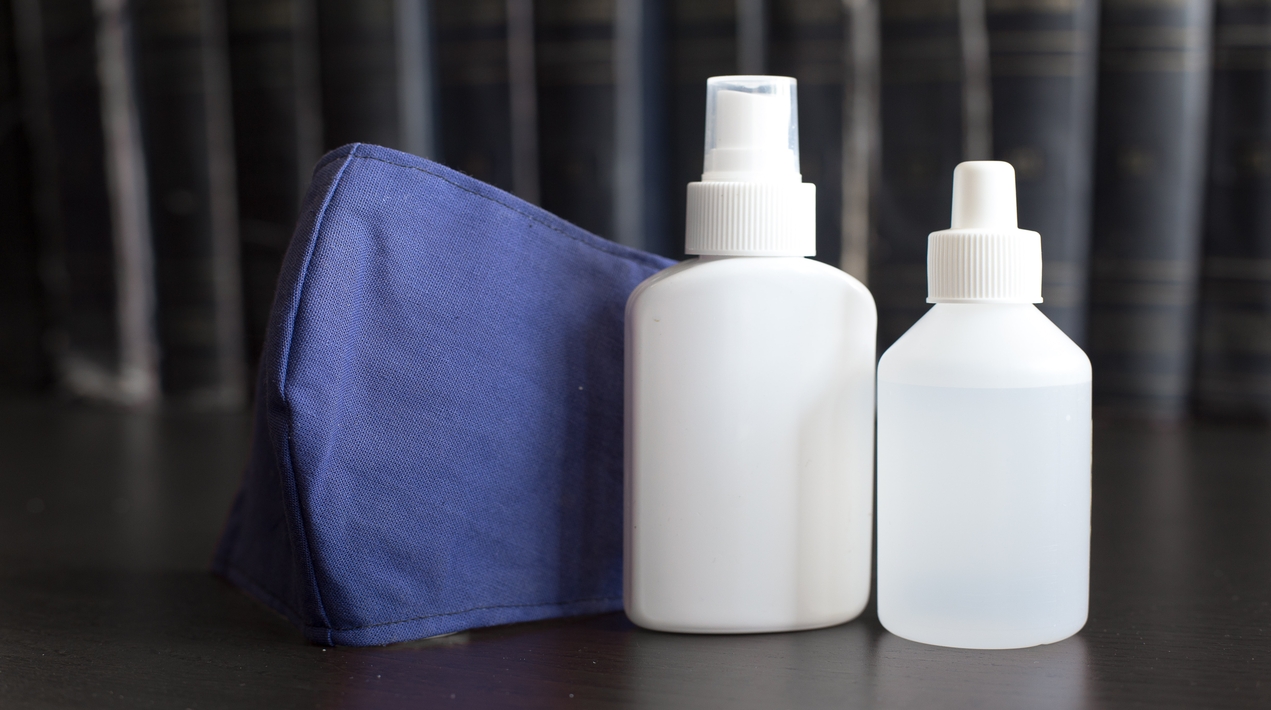
A “magic” spray for turning objects into agile millirobots to deliver drugs precisely inside a living body has been developed in joint research led by a scientist from City University of Hong Kong (CityU).
This pioneering approach to creating millirobots hinges on the M-spray, a composited glue-like magnetic spray. A magnetic force can move an object around different surfaces after it has been sprayed with the M-spray. This technology has great potential for biomedical applications, including catheter navigation and precise drug delivery.
The research team is led by Dr Shen Yajing, Associate Professor in the Department of Biomedical Engineering (BME) at CityU, and is supported by the National Science Foundation of China and the Research Grants Council of Hong Kong.
The research findings have been published in Science Robotics titled “An agglutinate magnetic spray transforms inanimate objects into millirobots for biomedical applications”.
Composed of polyvinyl alcohol (PVA), gluten and iron particles, M-spray can adhere to the surfaces of one (1D), two (2D) or three-dimensional (3D) objects instantly, steadily and firmly. The film formed on the surface is about 0.1mm to 0.25mm thick, which is thin enough to preserve the original size, form and structure of the objects. The magnetic coating is biocompatible and can be disintegrated into powder when needed.
The team’s M-spray can stick on the targeted object and ‘activate’ the object when driven by a magnetic field, explained Dr Shen. Under the control of a magnetic field, the millirobots can change between different locomotion modes, such as crawling, flipping, walking, and rolling, on surfaces such as glass, skin, wood and sand.
What makes this approach special is the team can reprogramme the millirobot’s locomotion mode on demand.
A PhD student in BME and the co-first author on this paper explained that by fully wetting the solidified M-spray coating to make it stick like glue and then by applying a strong magnetic field, the distribution and alignment direction of the magnetic particles of the M-spray coating can be changed.
This reprogrammable actuation feature is helpful for navigation towards targets. The team demonstrated that the M-spray coated catheter can perform sharp or smooth turns. The impact of blood/liquid flow on the motion ability and stability of the M-spray coated catheter was limited, too, the results showed.
Task-based reprogramming offers promising potential for catheter manipulation in complex areas such as the oesophagus, blood vessels and urethra where navigation is always required.
Another important feature of this technology is that the M-spray coating can be disintegrated into powder on-demand with the manipulation of a magnetic field. All the raw materials of M-spray, namely PVA, gluten and iron particles, are biocompatible. The disintegrated coating can be absorbed or excreted by the human body.
In an in vivo test with rabbits for drug delivery, the team has demonstrated that the M-spray- enabled millirobot can reach the targeted region in the stomach precisely. Researchers disintegrated the coating by applying an oscillating magnetic field.
The controllable disintegration property of M-spray enables the drug to be released in a targeted location rather than scattering in the organ. The hope is that this construction strategy can contribute to the development and application of millirobots in different fields such as active transportation, moveable sensors and devices, particularly for tasks in limited areas of space.
Dr Shen and Dr Wu Xinyu from the Shenzhen Institutes of Advanced Technology (SIAT) in the Chinese Academy of Sciences are the corresponding authors of the paper. The other co-authors are Dr Shang Wanfeng from SIAT, and Dr Lu Haojian, Dr Liu Yanting, Yang Liu and Tan Rong, new graduates and PhD students from Dr Shen’s team.
















